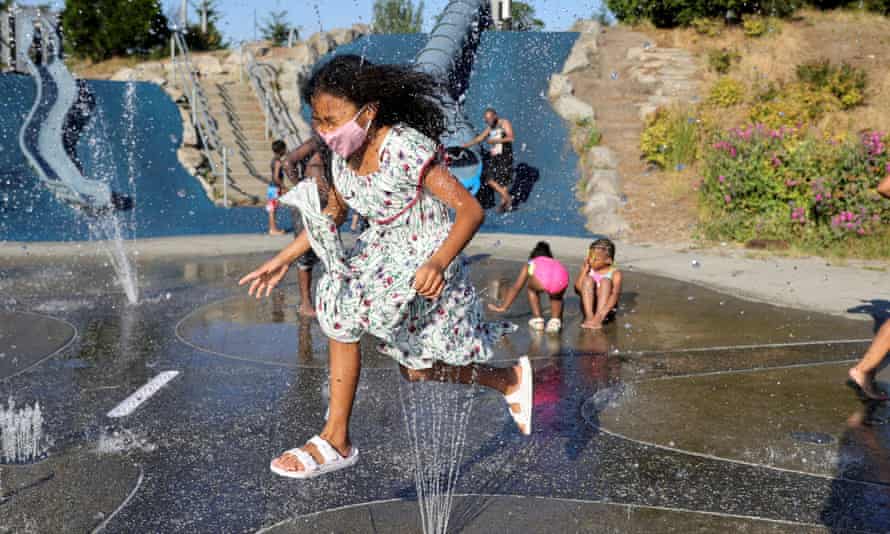Look for bollards near this downtown museum entrance. Photo via SAM
If you managed to trudge through our hot downtown this weekend to make it to the Seattle Art Museum (SAM), you may have noticed two reddish stone bollards installed in an alcove near the museum’s Hammering Man entrance are. The museum installed the bollards last week, and many SAM employees refer to the bollards as “hostile architecture” designed to deter homeless people from pitching tents around the building.
Sponsored
Last Monday, this group of SAM workers publicly launched a petition calling on the museum to stop installing hostile architecture around its downtown location. The petition also asked the museum to cease efforts to hire an outside security company that could deploy security guards outside the museum seven days a week.
In a statement to The Stranger, the museum said these guidelines came into force because they saw an “increase in physical violence and temporary weapons threats to our employees” in the downtown area. Last week, SAM Director Amada Cruz wrote in an internal email to staff that “in the past few weeks several SAM employees have been physically threatened, one with a broken bottle” and that “another has actually been beaten.” In the email passed by employees to The Stranger, Cruz said she would not “endanger the safety” of employees. The SAM press representative confirmed these incidents.
The museum told The Stranger that “these incidents are not solely from our homeless neighbors.” They explained the decision to hire an external security service and install the bollards so that “our front-line workers can concentrate on what they have done and trained in the building”.
The SAM press official last week confirmed the installation of stone bollards near the 1st Avenue entrance and University Street. And near the 2nd Avenue and University Street emergency exits, the museum left two sheets of plywood from its pandemic closure, making the niche much smaller.

The new bollards that could prevent people from pitching a tent near the 1st and university entrance. Photo via SAM staff
Workers’ petition, “Keep SAM’s Unhoused Neighbors Safe,” calls the museum’s new policy “anti-homeless”. It suggests alternatives, supported by the museum’s security staff, such as installing a portable bathroom and containers for sharp objects on the property, distributing basic supplies to the homeless, and attending “additional (harm reduction-based) training for current” Security. “To date, the petition has garnered over 230 signatures.
“We believe there are alternative policies and solutions that would enable the museum to be a positive and productive member of the community at the forefront of downtown real estate,” the petition reads.

The wrong wall on the left can prevent people from pitching tents. Photo via SAM staff
In the same internal email Cruz mentioned physical threats to museum staff, a museum security officer wrote that the bollards “wouldn’t really prevent sleeping there, but they would prevent a tent.” The warden said the museum’s goal is not to “arrest anyone” or to prevent sleepers from resting in the building because “they have not had major problems with normal sleepers in the past and there is no reason to prevent it now “.
On Sunday, I went down to check the bollards and came across Sheronda Denise Williams, a woman who said she had slept and camped around the building for “a couple of years”. I found them around one of the bollards near the 1st and university entrance, huddled between the bollard and the wall to escape the scorching sun.
She told me she used to line up in the niche on the 2nd and at the university, but the plywood barriers prevented her from continuing to do so. And while the new installation of hostile architecture may prevent a six-person tent on the 1st, she said, people could still lie between the bollards.

Another view of the plywood near the university’s 2nd and emergency exits. JK
In an interview with one of the petition organizers (who wishes to remain anonymous for fear of retaliation from the museum), they said that efforts to remove homeless people from downtown began more aggressively last year when the museum was mostly closed to the public.
The organizer of the petition said that when the unauthorized security guards – primarily tasked with guarding the museum floors and staff entrances and handling shipping – were informed of plans to hire outside security and install the bollards around the museum in the city center, on the other hand, they were the new guidelines.
The organizer expressed concerns that increased security would lead to greater police involvement in the deportation of homeless people. Many of the current non-supervisor security guards are keen to receive their own harm reduction-based training to deal with situations outside of the museum, the representative said. However, these concerns and suggestions went unheeded by SAM senior executives, which resulted in this petition circulating last week.
In the museum’s statement, they said they had “worked with the city’s outreach programs and the Downtown Business Association to connect people with professional services and support,” but so far had not been “successful in mitigating the risk of some” .
The museum said the outside security support they are looking to hire at their downtown location will be similar to that at the museum’s Olympic Sculpture Park: “unarmed” security with “specific training, including de-escalation and other harm reduction methods”. ”
The employee representative admitted that needles, feces and other belongings were left around the building, which her environmental department – the caretakers – is supposed to clean up. While the group respects that it is “not fair” to staff to clean up hazardous waste, they felt that the museum took a top-down approach to solving these issues rather than dealing with them Advise any change concerned security or caretaker staff.
Back outside the museum on Sunday, Williams said SAM never tried to prevent her from sleeping near the building. She added that it would be helpful if the museum provided containers for sharp objects, needles and blankets for members of the homeless community. When I asked her what she thought of the bollards, she said, “We can use them as seating.”
Sponsored







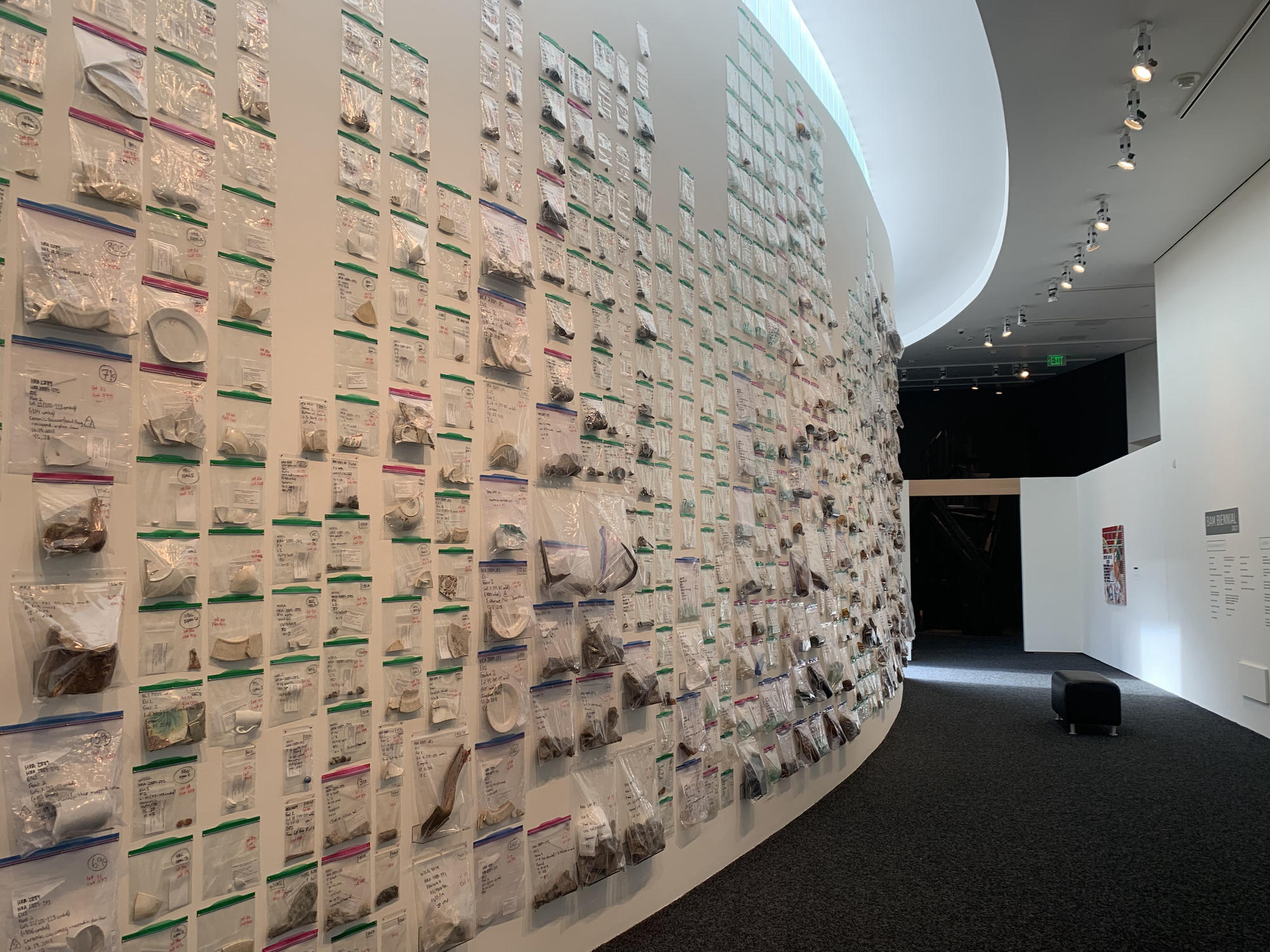
:quality(70)/cloudfront-us-east-1.images.arcpublishing.com/cmg/BPEI2QQ76SHPPOW6X6A6WHEGX4.jpg)





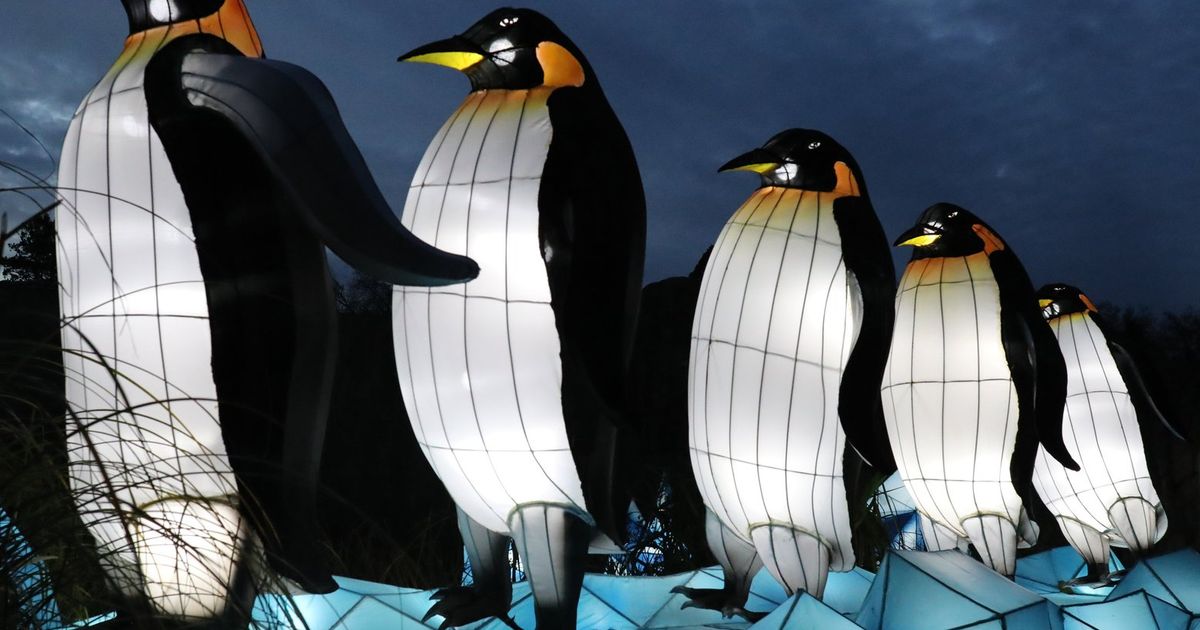
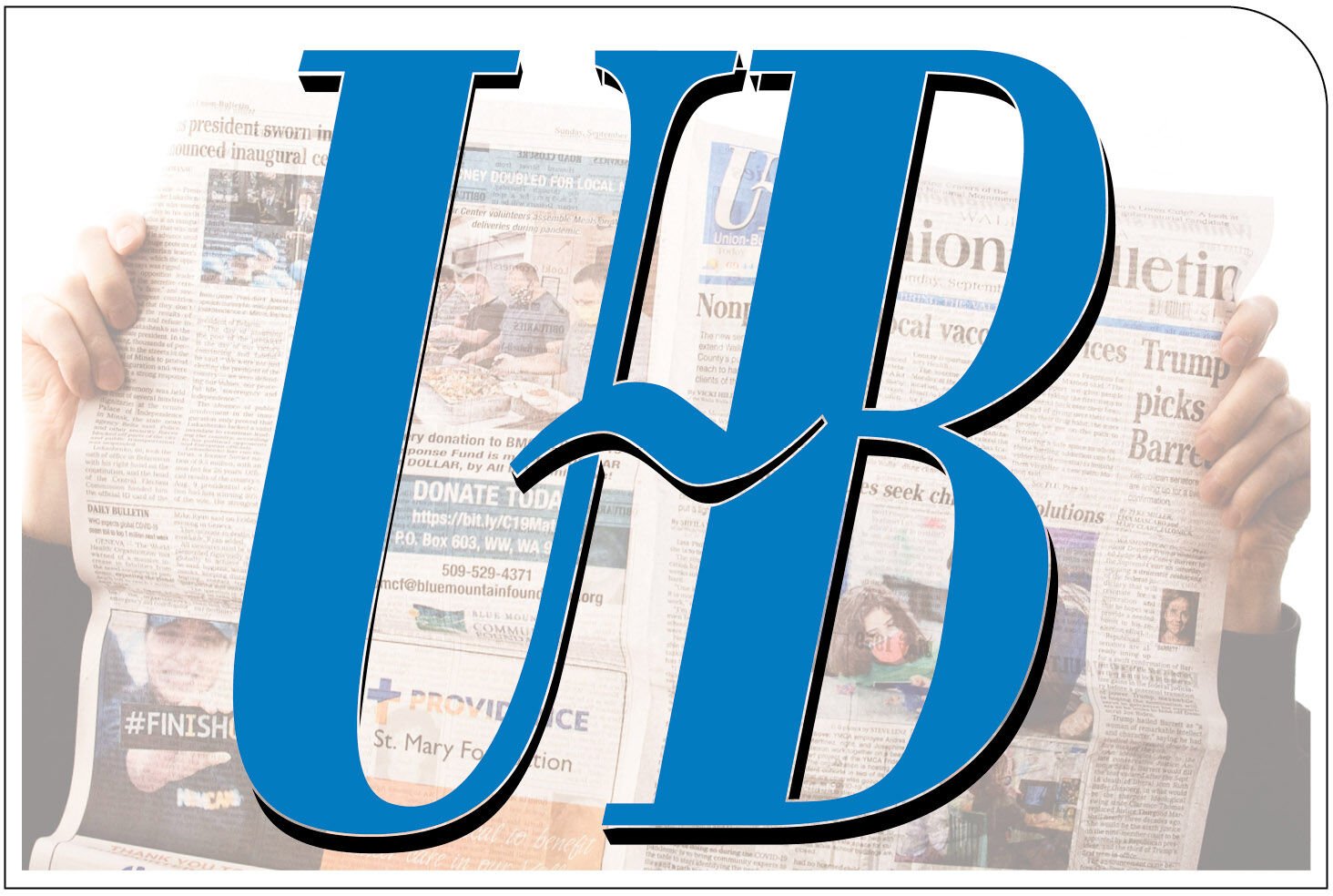






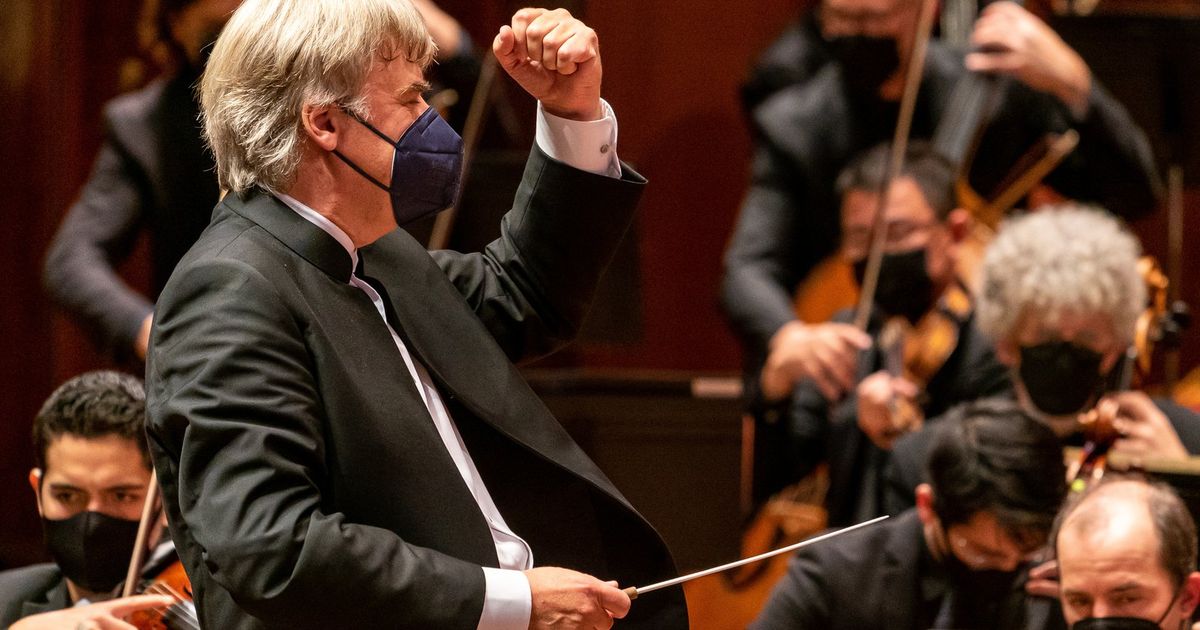


:quality(70)/cloudfront-us-east-1.images.arcpublishing.com/cmg/GLQND2AXQQO2G4O6Q7SICYRJ4A.jpg)



